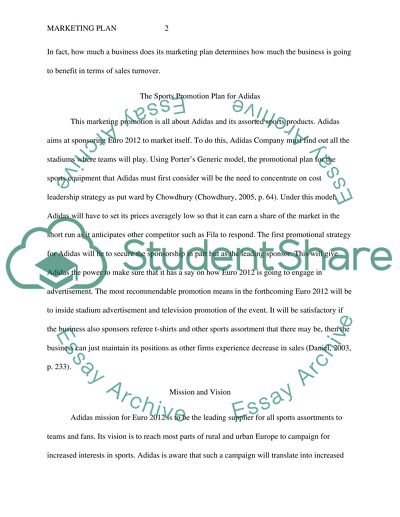Cite this document
(“Using Sports as a Key Promotional Vehicle. (Adidas) Essay”, n.d.)
Retrieved from https://studentshare.org/marketing/1397369-using-sports-as-a-key-promotional-vehicle-adidas
Retrieved from https://studentshare.org/marketing/1397369-using-sports-as-a-key-promotional-vehicle-adidas
(Using Sports As a Key Promotional Vehicle. (Adidas) Essay)
https://studentshare.org/marketing/1397369-using-sports-as-a-key-promotional-vehicle-adidas.
https://studentshare.org/marketing/1397369-using-sports-as-a-key-promotional-vehicle-adidas.
“Using Sports As a Key Promotional Vehicle. (Adidas) Essay”, n.d. https://studentshare.org/marketing/1397369-using-sports-as-a-key-promotional-vehicle-adidas.


